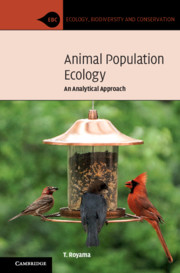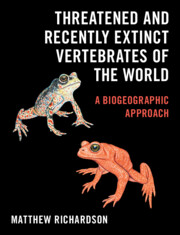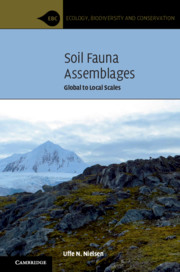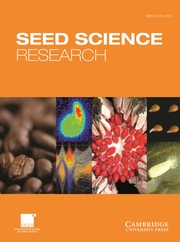Animal Population Ecology
Animal population ecology comprises the study of variations, regulation, and interactions of animal populations. This book discusses the fundamental notions and findings of animal populations on which most of the ecological studies are based. In particular, the author selects the logistic law of population growth, the nature of competition, sociality as an antithesis of competition, the mechanism underlying the regulation of populations, predator-prey interaction processes, and interactions among closely related species competing over essential resources. These are the notions that are considered to be well-established facts or principles and are regularly taught at ecology classes or introduced in standard textbooks. However, the author demonstrates that these notions are still inadequately understood, or even misunderstood, creating myths that would misguide ecologists in carrying out their studies. He delves deeply into those notions to reveal their real nature and draws a road map to the future development of ecology.
- This book is unique in that the author is not only an experienced field ecologist through his life-long studies of birds and insects, but also well known for his contributions to theoretical ecology through the application of stochastic processes. He writes his mathematical arguments right in the ecological context concerned and in such a way that even those readers with little mathematical background can readily follow without losing track
- Provides methodological bases for much wider areas of population ecology to be explored by ecologists of future generation
- Written in an informal, easy-to-follow manner
Reviews & endorsements
‘This would be a valuable text for quantitative ecology courses. While manageable for interested general readers, its emphasis on mathematical applications and predictive parameters would make it most useful in advanced courses as a source of real-world examples. Mathematicians, too, may find the text valuable for teaching modeling in general, to supplement econometric, demographic, and climate models.’ J. Burger, Choice
Product details
July 2021Hardback
9781108844420
286 pages
234 × 157 × 19 mm
0.58kg
Available
Table of Contents
- 1. Hunting strategies of predators as revealed in field studies of great tits
- 2. The paradox of crypsis: is it effective against visual predation?
- 3. Logistic law of population growth: what is it really?
- 4. Reproduction curves and their utilities
- 5. Generalization of the logistic model
- 6. Scramble and contest competition: what is the difference?
- 7. Regulation of populations: its myths and real nature
- 8. Predator-prey interaction processes
- 9. Interspecific competition processes
- 10. Observations, analyses, and interpretations: a personal view through the spruce budworm studies.








